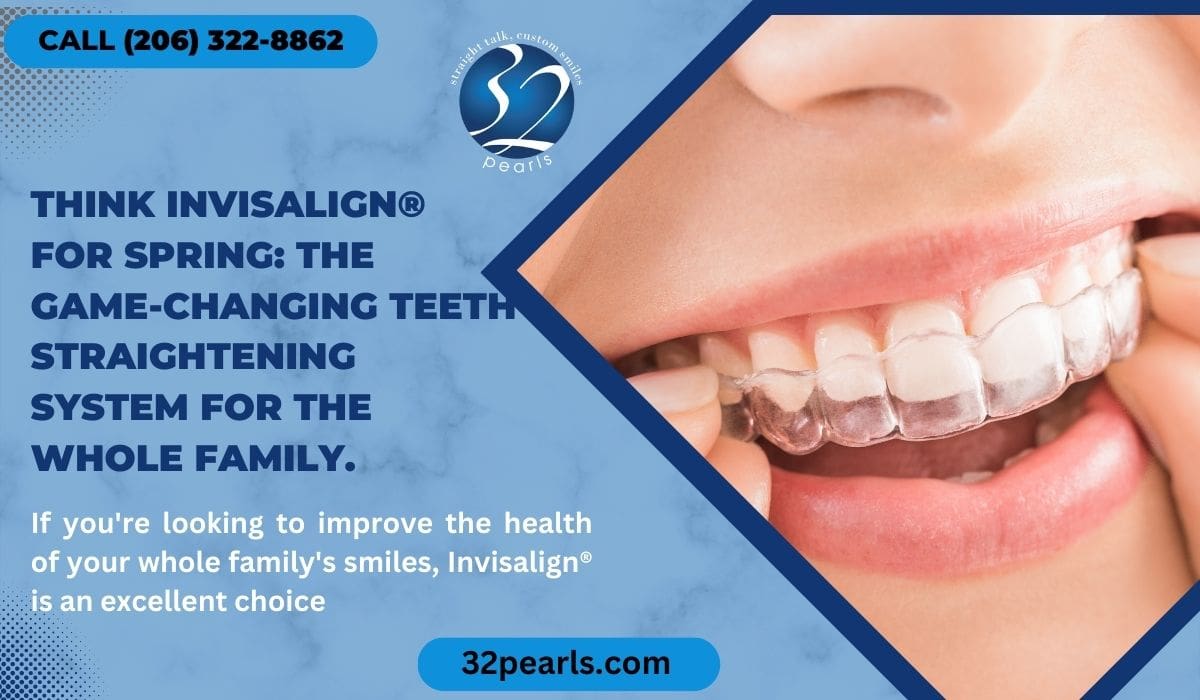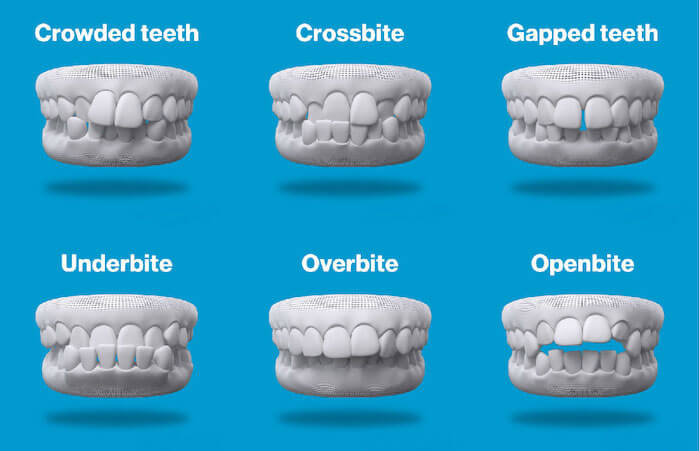What to Anticipate Throughout Your Invisalign Journey: A Comprehensive Summary
What to Anticipate Throughout Your Invisalign Journey: A Comprehensive Summary
Blog Article
Invisalign vs. Traditional Dental braces: Which Alternative Is Right for You?
When taking into consideration orthodontic treatment, the choice between Invisalign and typical dental braces offers a number of important variables that merit mindful analysis. Invisalign supplies a very discreet choice with removable aligners, while standard braces supply a much more noticeable yet efficient remedy for extreme misalignment. Each alternative encompasses unique advantages and drawbacks associated with appearances, comfort, treatment period, and cost. Understanding these subtleties is vital for making a notified decision that straightens with your individual preferences and lifestyle. The question remains: which option will ideal fulfill your orthodontic demands and assumptions?
Introduction of Therapy Options

In comparison, conventional dental braces include steel braces and wires that are bonded to the teeth. This technique uses continuous pressure with time to achieve positioning. While reliable for complex orthodontic problems, typical dental braces require routine check outs for modifications and can pose challenges in preserving dental health as a result of the difficulty of cleansing around brackets and cables.
Both alternatives have their merits, and the choice frequently rests on certain oral problems, way of living choices, and patient conformity. Ultimately, getting in touch with an orthodontic professional is important for establishing one of the most ideal treatment plan tailored to individual needs. Comprehending the nuances of each choice can dramatically affect the total success of orthodontic treatment.
Visual Factors To Consider
A significant variable affecting the option in between Invisalign and conventional braces is the aesthetic appeal each therapy supplies. Invisalign aligners are crafted from clear plastic, making them practically undetectable when used. This discreet appearance is particularly interesting young adults and grownups who might really feel self-conscious concerning their orthodontic treatment. The capacity to keep an all-natural smile throughout the placement process can substantially enhance the patient's self-confidence in expert and social settings.
On the other hand, conventional braces contain metal brackets and wires, which can be much more obvious. While improvements in orthodontic modern technology have led to the growth of smaller sized brackets and tinted elastics, standard braces still maintain an even more noticeable profile. For some people, the visibility of dental braces may hinder them from seeking necessary therapy.
Eventually, the option between Invisalign and traditional dental braces may hinge on individual preferences pertaining to looks. People that focus on discernment usually favor Invisalign, while those who are much less worried about exposure may go with conventional braces. Understanding the visual implications of each alternative is vital for making a notified decision that straightens with one's lifestyle and choices.
Comfort and Convenience

In terms of ease, Invisalign aligners are detachable, making it possible for people to appreciate their preferred foods without restriction and keep ideal oral hygiene. Cleaning and flossing are streamlined, as the aligners can be secured during these regimens, whereas standard braces call for cautious maneuvering around wires and braces.
Furthermore, Invisalign's progressive system permits for fewer orthodontic sees. Clients generally obtain several collections of aligners at the same time, which can streamline the therapy process and lower time spent in the orthodontist's chair. On the other hand, standard braces require regular changes, making them less hassle-free for those with busy timetables. Invisalign. In general, the convenience and comfort of Invisalign make it an appealing selection for lots of people looking for orthodontic therapy.
Treatment Duration and Effectiveness
While both Invisalign and traditional dental braces are efficient in fixing oral imbalances, the duration of therapy can vary dramatically in between the 2 choices. Normally, Invisalign treatment can take anywhere from 12 to 18 months, depending on the complexity of the instance. The clear aligners work by progressively a fantastic read moving teeth right into their preferred settings, and regular follow-ups with an orthodontist aid guarantee development remains on the right track.
On the other hand, typical dental braces frequently require a longer dedication, normally ranging from 18 months to three years. This is due to their set nature the original source and making use of wires and braces, which can be more effective for severe misalignments and intricate cases (Invisalign). The therapy effectiveness of conventional braces is well-documented, as they allow for accurate adjustments and greater control over tooth movement
Ultimately, the selection in between Invisalign and typical dental braces might depend upon both the expected therapy duration and the particular oral problems handy. Consulting with an orthodontist is vital, as they can offer customized recommendations based upon individual demands, guaranteeing the chosen method aligns with desired timeframes and outcomes.
Cost Contrast and Insurance Policy Alternatives
Price plays a significant role in the decision-making process for individuals thinking about orthodontic treatment, whether going with Invisalign or standard braces. On average, the cost of Invisalign ranges from $3,000 to $8,000, while standard dental braces typically set you back between $2,000 and $6,000. Aspects influencing these expenses consist of the complexity of the instance, the period of treatment, and geographical location.
Insurance protection can significantly impact out-of-pocket expenses. Many oral insurance coverage plans provide partial coverage for orthodontic therapies, but the specifics can differ widely. It is essential for patients to examine their insurance policy plans to establish the extent of insurance coverage for either alternative. Usually, conventional dental braces hop over to these guys may be a lot more frequently covered by insurance coverage strategies compared to Invisalign, which some insurers classify as a cosmetic treatment.
Furthermore, numerous orthodontic techniques supply adaptable repayment strategies, making both treatment choices much more obtainable. Individuals need to make inquiries about possible funding options and discount rates for ahead of time payments. Assessing the total expense, including insurance benefits and settlement plans, is vital for making an informed decision that lines up with both visual preferences and spending plan considerations.

Verdict
In recap, the option between Invisalign and typical braces rests on multiple aspects, consisting of visual preferences, convenience, treatment duration, and expense. Invisalign uses a very discreet, detachable choice that facilitates dental health and nutritional versatility, while conventional dental braces might be preferable for intricate dental issues and commonly come with a lower price point. Eventually, consultation with an orthodontist is vital to evaluate private conditions and establish the most proper treatment alternative for attaining ideal dental placement.
When thinking about orthodontic therapy, the choice in between Invisalign and traditional dental braces offers a number of crucial variables that warrant careful examination.Comparing Invisalign and standard dental braces exposes distinctive treatment alternatives for orthodontic modification.While both Invisalign and traditional dental braces are efficient in dealing with dental imbalances, the period of treatment can differ considerably between the two alternatives.Expense plays a significant duty in the decision-making process for individuals taking into consideration orthodontic treatment, whether opting for Invisalign or conventional braces.In summary, the selection in between Invisalign and conventional dental braces pivots on multiple elements, including aesthetic preferences, convenience, treatment duration, and cost.
Report this page